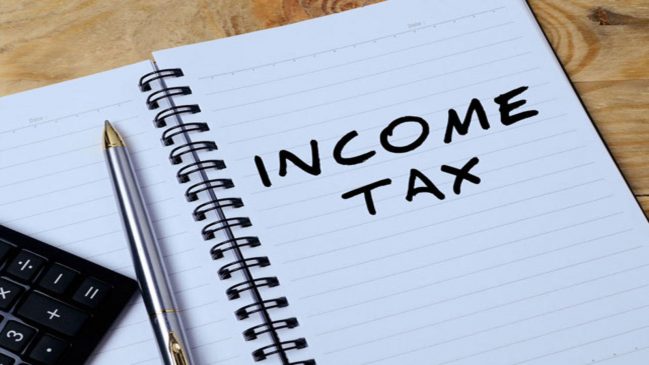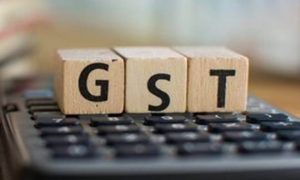A financially stable future is what we all crave for. The hurdle in achieving this stability is the amount of tax we pay. Also, with the rise in an individual’s income, the tax rate increases as per the progressive tax regime of the Income Tax Department. Taxpayers always look around for a way to pay a minimum tax on their salary but only a few get to succeed. It is important to be aware of the various deductions and tax saving instruments that can reduce tax burdens.
Read More: Form 10F filing online: Is Permanent Account Number (PAN) mandatory for NRIs?
To reduce taxes, it is highly important to understand the salary structure. Once you understand your salary structure then through deductions and exemptions you can reduce your income tax and maximize savings. Let us talk in detail about these exemptions and deductions. Abhishek Soni, co founder & CEO, Tax2Win walks us through how to read your salary slip and how to reduce taxes using exemptions and deductions. It is important to note here that if you are opting for a new tax regime you will not receive the deductions.
Read More: Gangajal Exempted From GST, Clarifies Central Board Of Indirect Taxes And Customs
Pay Slip components:-
- Basic Salary –Fixed amount of your pay slip-Fully Taxable.
- Dearness Allowance-Allow you to factoring in inflation-Fully Taxable.
- HRA-If you are employed and living in a rented house- Exempt up to a certain limit depending on conditions.
- LTA- Exemption from taxation for the costs incurred while traveling within India- exempt for 2 trips in 4 years.
- Reimbursement-If used for official purpose-Exempt
- Children Education and Hostel allowance-Exempt for a maximum of 2 children- Rs. 2,400 for children’s education allowance, and Rs. 7,200 for children’s hostel allowance.
- House Rent Allowance: HRA amount. It is the lowest of the following three amount a) The HRA amount received by you b) 50 per cent of the HRA amount if you live in a metro city otherwise 40 percent c) Actual rent paid minus 10 percent of your basic salary including dearness allowance.
- Standard Deduction- This is a fixed deduction of INR 50000 from your total salary income as a standard deduction
- Professional Tax- The maximum amount that can be levied is INR 2500.

To reduce taxes, it is highly important to understand the salary structure
Read More: Salaried employees can save tax after selling ESOPs in open market. Here’s how
Deductions that you can avail:-
- Section 80D-Paying Health Insurance Policy Premium-1. For self, spouse, and dependent children- Rs. 25,000 (Rs. 50,000 if aged 60 and above) 2. For parents – Rs. 25000 (Rs. 50,000 if aged 60 and above)
- Section 80E- Tax deduction on the “interest component” paid on loan taken for the higher education of an individual assessee for 8 years,
- Section 80C- Covers specified investment and payment options that can reduce your taxable income up to Rs 1.5 lakhs. Like, as ELSS, EPF, PPF, Fixed deposit for 5 years, Sukanya Samriddhi Yojana, and many others.
- Section 80DD- A deduction to the extent of Rs. 75,000 (Where disability is 40% or more but less than 80%) & Rs. 1,25,000 (Where there is a severe disability (disability is 80% or more) respectively is allowed depending upon certain conditions.
- Section 80G- An income tax benefit on donations made to specified charitable institutions-50% or 100% of the eligible amount depending upon certain conditions.
- Home Loan payments- Avail deductions up to 2 lakh on a newly purchased house- On principal amount: Up to Rs 1.5 lakhs u/s 80C and on interest amount: Up to Rs 2 lakhs u/s 24b
- Life Insurance Policy maturity-Maturity is tax exempt in the condition where:- 20%: policies issued before 1 April 2012,10%: policies issued after 1 April 2012,15%: policies issued after 1 April 2013 for a person with disability or disease.





































